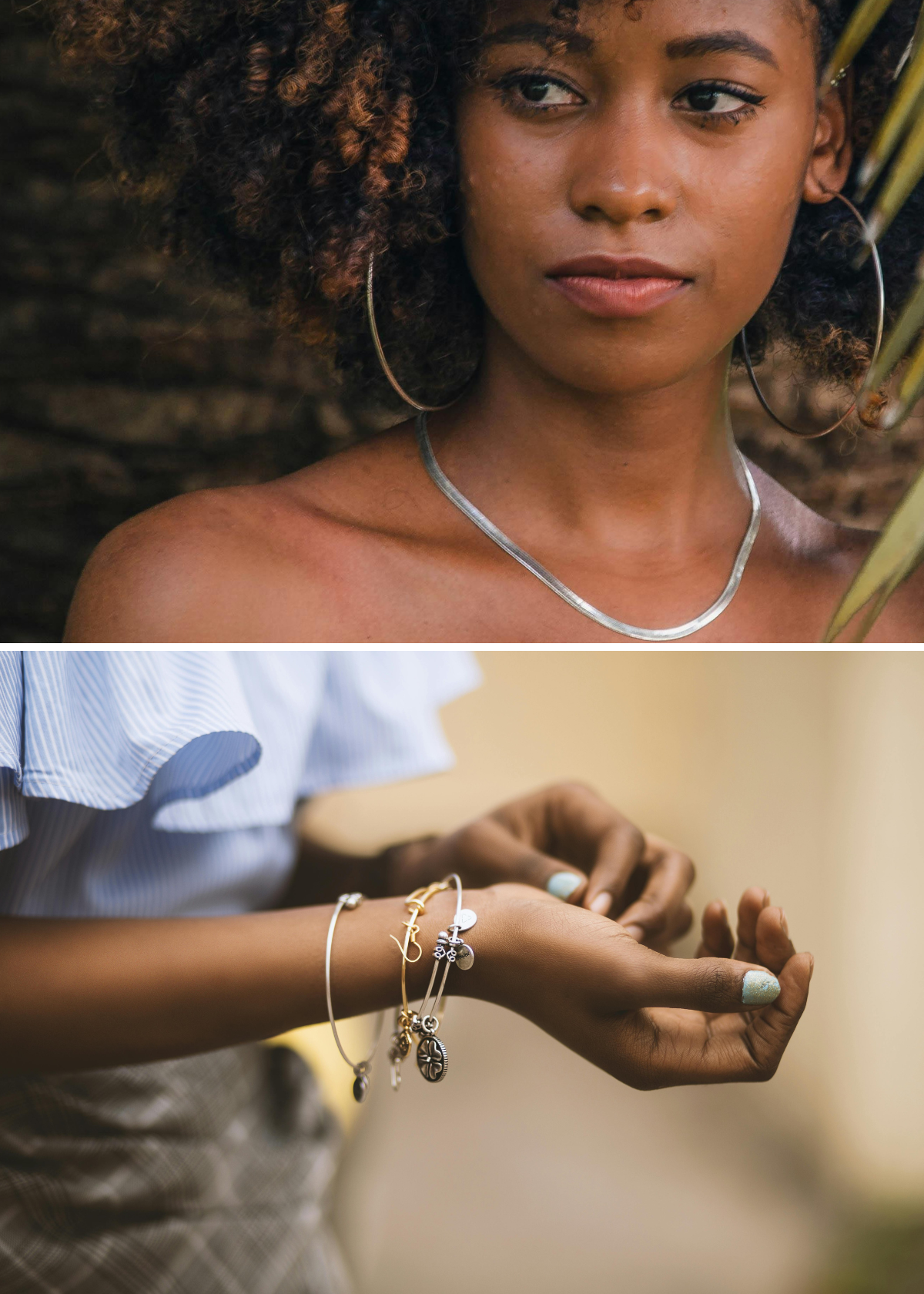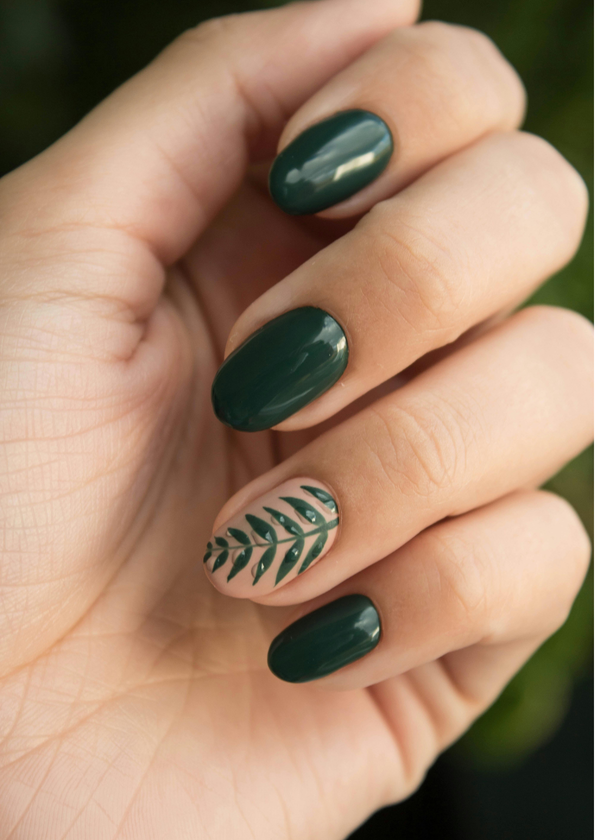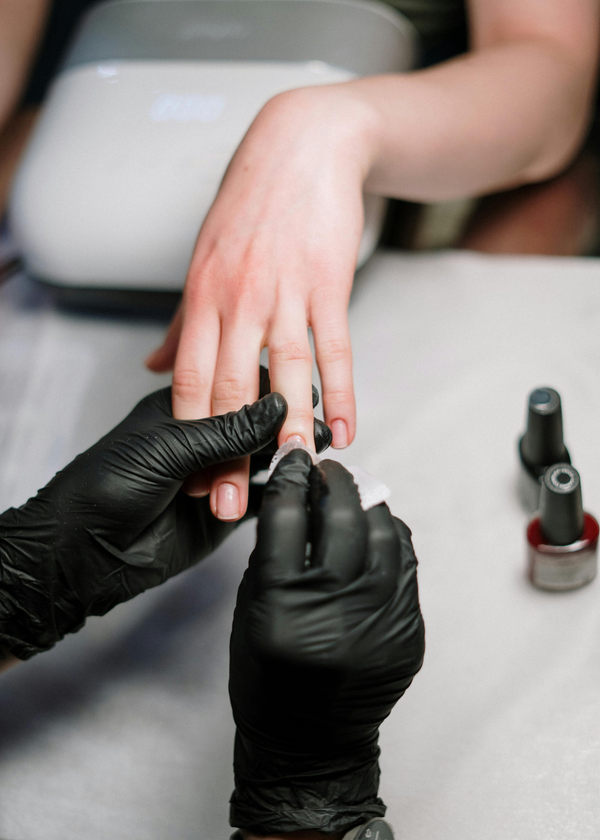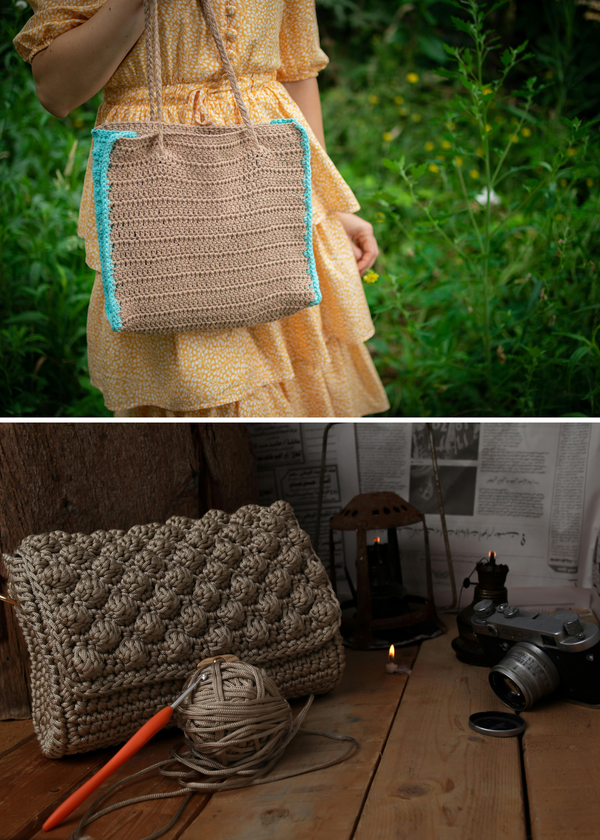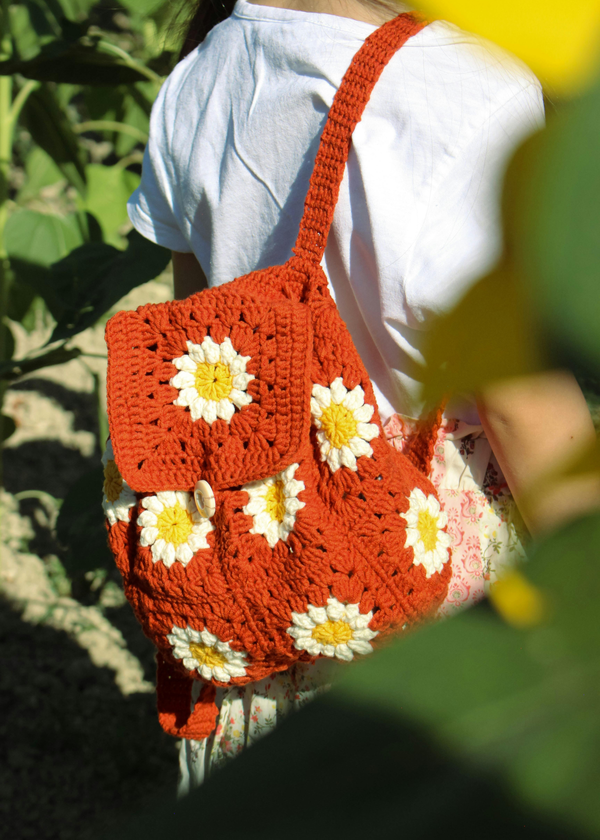Jewelry is an expression of personal style, often worn daily and sometimes never taken off. But when it comes to water exposure, not all jewelry is created equal. So, what makes jewelry waterproof? The answer lies in the materials used, the construction of the jewelry pieces, and the special coatings applied to them.
The Role of Materials in Waterproof Jewelry
When it comes to waterproof jewelry, the choice of material is paramount. Precious metals such as pure gold, platinum jewelry, and sterling silver are inherently more resistant to water damage than their less noble counterparts. However, even these metals can suffer from prolonged exposure to moisture and chemicals found in swimming pools, hot tubs, and body washes. Stainless steel jewelry and titanium jewelry are known for their corrosion-resistant properties, making them a stronger alternative for those seeking waterproof metal options.
Understanding Gold Plated and Silver Jewelry
Gold plated jewelry and silver jewelry are popular for their affordability and attractive appearance. However, the gold plating or silver plating on such jewelry is often just a thin film applied to other metals like brass jewelry. While these coatings can offer some level of protection, they are not completely waterproof and can wear away over time, exposing the base metal to water and other chemicals. Gold plated jewellery requires proper care to maintain its luster and water-resistant properties.
Modern Coating Processes for Enhanced Protection
Advancements in jewelry making have led to the development of modern coating processes such as physical vapor deposition (PVD) and physical vapour deposition. These techniques apply special coatings that are highly resistant to water, making waterproof jewelery more durable for everyday wear. PVD coating, in particular, adds an added layer of protection that is tarnish resistant and chemical proof, allowing jewelry pieces to withstand exposure to harsh chemicals and extreme temperatures without losing their integrity.
The Importance of Proper Care and Maintenance
Even the most waterproof jewelry requires proper care to ensure its longevity. Fine jewelry should be gently wiped with a soft cloth after being exposed to water to remove any residual moisture or other substances. Special coatings can make jewelry waterproof for a longer period, but neglect can lead to damage. Waterproof coatings are effective, but they are not invincible; proper care is essential to keep your beloved jewels looking their best.
Waterproof Jewelry and Natural Gemstones
Natural gemstones can be a bit of a wildcard when it comes to water exposure. While some stones are relatively water resistant, others can be quite sensitive. For instance, pearls and opals should not be submerged in water, as they can absorb liquids and suffer damage. When jewelry pieces incorporate natural gemstones, it's important to know the specific care instructions for each stone to maintain their beauty and structural integrity.
The Evolution of Silver Jewelery in Water-Resistant Designs
Silver jewellery has long been cherished for its lustrous appeal and affordability, but its vulnerability to water and tarnishing has often limited its use. However, the evolution of water-resistant designs is changing the game.
By incorporating modern coating processes, silver pieces are now more resilient against the elements. These advancements mean that silver enthusiasts can don their favorite pieces without fear of damage from a spontaneous dip in the pool or an unexpected rain shower.
The primary metals used in these pieces are often treated with thin films that act as a barrier against moisture, ensuring the longevity of the jewelry's shine and structure.
The modern coating process not only preserves the aesthetic of silver jewellery but also extends its lifespan. This is particularly beneficial for those who lead active lifestyles and are likely to expose their jewelry to water harmful environments, such as the swimming pool or the beach.
The thin films used in these processes are often only a few micrometers thick, yet they effectively seal the silver from potential tarnish triggers. As a result, the most jewelry crafted with these innovative techniques can withstand the rigors of daily wear, including occasional submersion, without losing its allure.
Customary Care for Gold Pieces Exposed to Water
When it comes to gold pieces, the allure is undeniable, but so is the need for proper care, especially when they are exposed to water. While gold is one of the primary metals known for its resistance to rust and corrosion, it is not immune to the effects of chlorine and other chemicals found in swimming pools.
To maintain the luster and integrity of gold jewelry, it is advisable to gently wipe the piece with a soft, dry cloth after exposure to water. This simple act helps to remove any potentially harmful residues and preserves the jewelry's brilliance.
Moreover, the care for gold pieces goes beyond just a gentle wipe down. It is important to cut deep into the routine and ensure that the jewelry is thoroughly dried and stored correctly.
Humidity and moisture can lead to the deterioration of even the most resilient gold pieces over time. Therefore, after enjoying a day at the pool or a workout session that leaves you sweating, take a moment to care for your jewelry.
This will not only keep your gold pieces sparkling but also contribute to the longevity of each jewelry piece, allowing them to remain a part of your collection for years to come.
The Misconception of "Waterproof" in Jewelry
It's a common misconception that waterproof jewelry means it can be worn in all water-related scenarios without any repercussions. However, even waterproof jewellery can be vulnerable to water over time, especially if it's exposed to chlorinated water in swimming pools or saltwater. Waterproof does not always mean tarnish free or corrosion resistant against all types of water and other chemicals.
Choosing the Right Jewelry for Water Exposure
When selecting jewelry for daily wear that will be exposed to water, it's important to opt for high quality metals and special coatings that are designed to be waterproof or at least water resistant. Many brands offer sweat proof jewelry and waterproof metal options that are ideal for those who lead active lifestyles or simply want to keep their jewelry pieces on during showers or while swimming.
The Future of Waterproof Jewelry
The future of waterproof jewelry looks promising, with ongoing innovations in materials and coating technologies. As jewelry making techniques continue to evolve, we can expect to see even more effective solutions for creating jewelry that is waterproof and capable of withstanding the rigors of daily wear and water activities.
How to Identify Waterproof Jewelry
Identifying waterproof jewelry can be tricky, but there are some telltale signs. Look for jewelry pieces that are marketed as waterproof or water resistant and check for information about the materials and coatings used. Reputable jewelers should be able to provide details about the waterproof qualities of their jewelry pieces.
The Impact of Waterproof Jewelry on Lifestyle
Waterproof jewelry has a significant impact on lifestyle, allowing individuals to wear their favorite pieces without worry. Whether it's a day at the beach, a workout session, or simply washing hands, waterproof jewellery offers the freedom to keep your jewelry on without the fear of damage.
Caring for Your Waterproof Jewelry
To maintain the waterproof and tarnish resistant qualities of your jewelry, it's important to follow the manufacturer's care instructions. Regular cleaning with a soft cloth and avoiding exposure to harsh chemicals and extreme temperatures will help preserve the waterproof coatings and keep your jewelry in top condition.
FAQs
Q: Can I wear gold plated jewelry in the shower?
A: While gold plated jewelry may withstand occasional exposure to water, it's not advisable to wear it in the shower regularly. The gold plating can wear off over time, exposing the base metal to water and other chemicals found in body washes.
Q: How can I tell if my jewelry is waterproof?
A: Look for jewelry pieces that are specifically labeled as waterproof or water resistant. Additionally, inquire about the materials and coatings used, as high quality metals and modern coating processes like PVD contribute to water resistance.
Q: Is sterling silver jewelry waterproof?
A: Sterling silver is not completely waterproof. While it is more tarnish resistant than other metals, silver reacts with elements in water, especially chlorinated or saltwater, which can cause corrosion. It's best to remove sterling silver jewelry before swimming or showering.
Summary
In summary, what makes jewelry waterproof is a combination of the right materials, such as high quality metals like solid gold, stainless steel, and titanium, along with modern coating processes like physical vapor deposition.
These elements, coupled with proper care and maintenance, ensure that jewelry pieces can withstand being exposed to water for a longer period without damage. It's important to remember that while special coatings can make jewelry waterproof, they are not indestructible, and proper care is still necessary.


